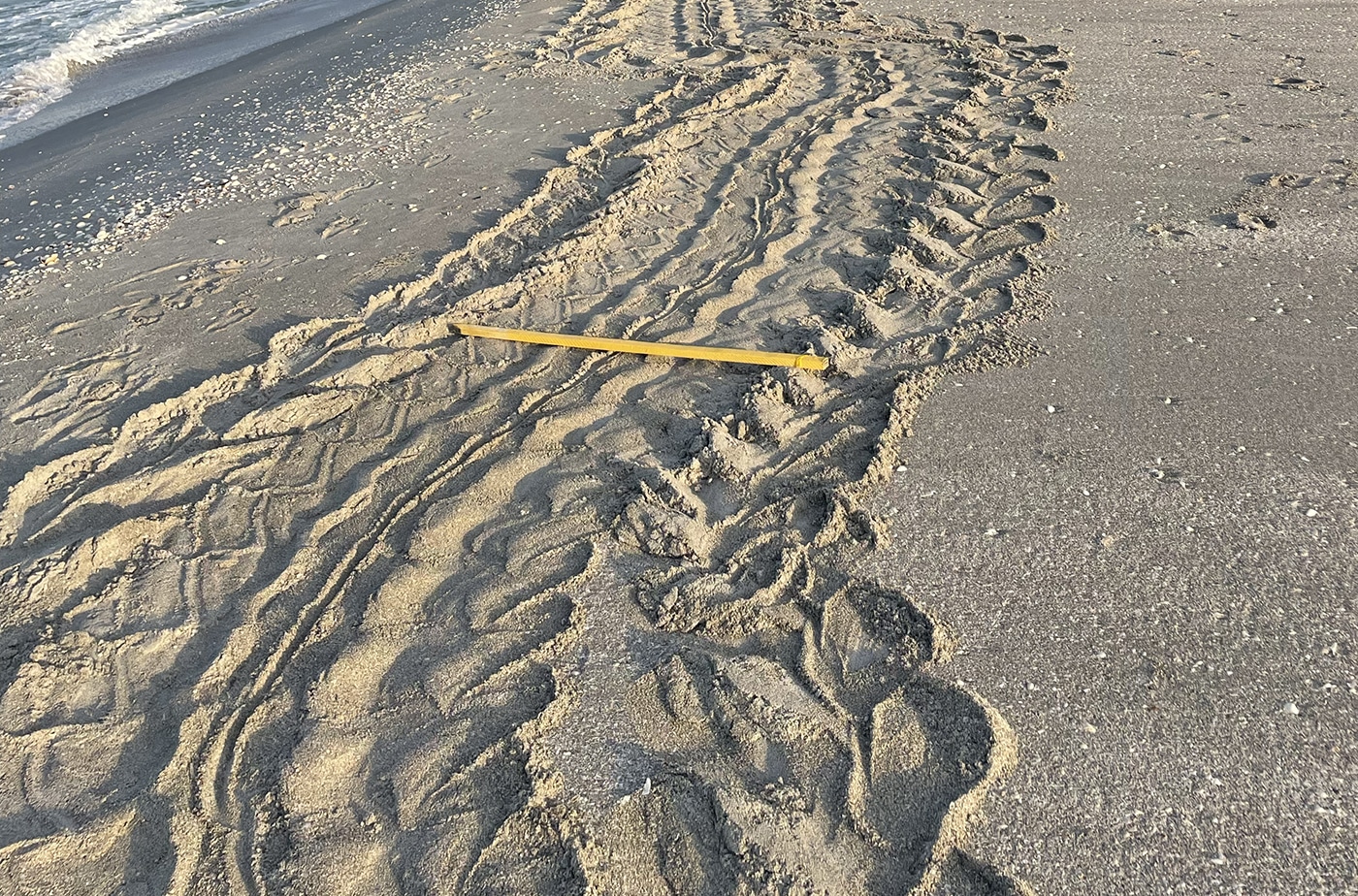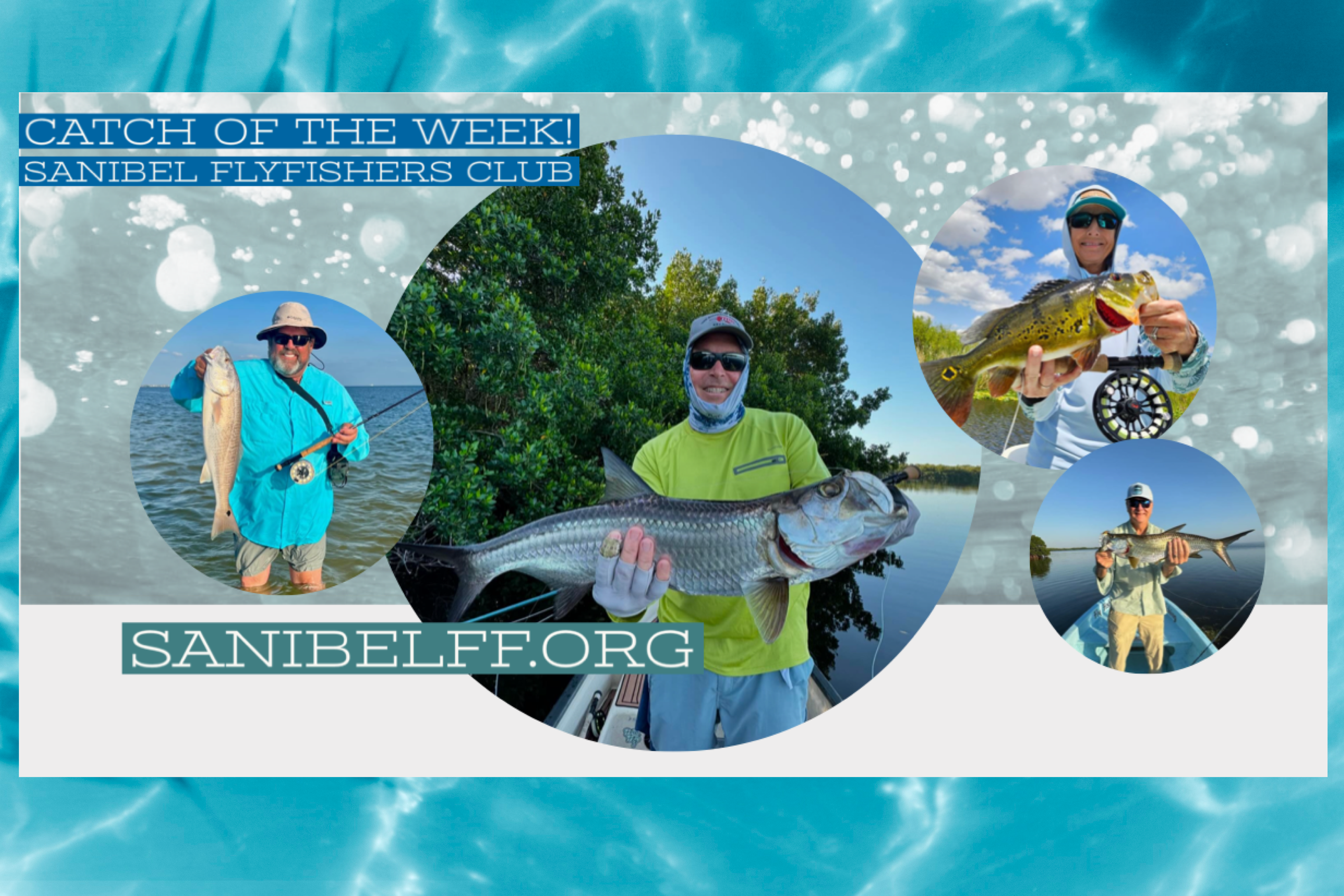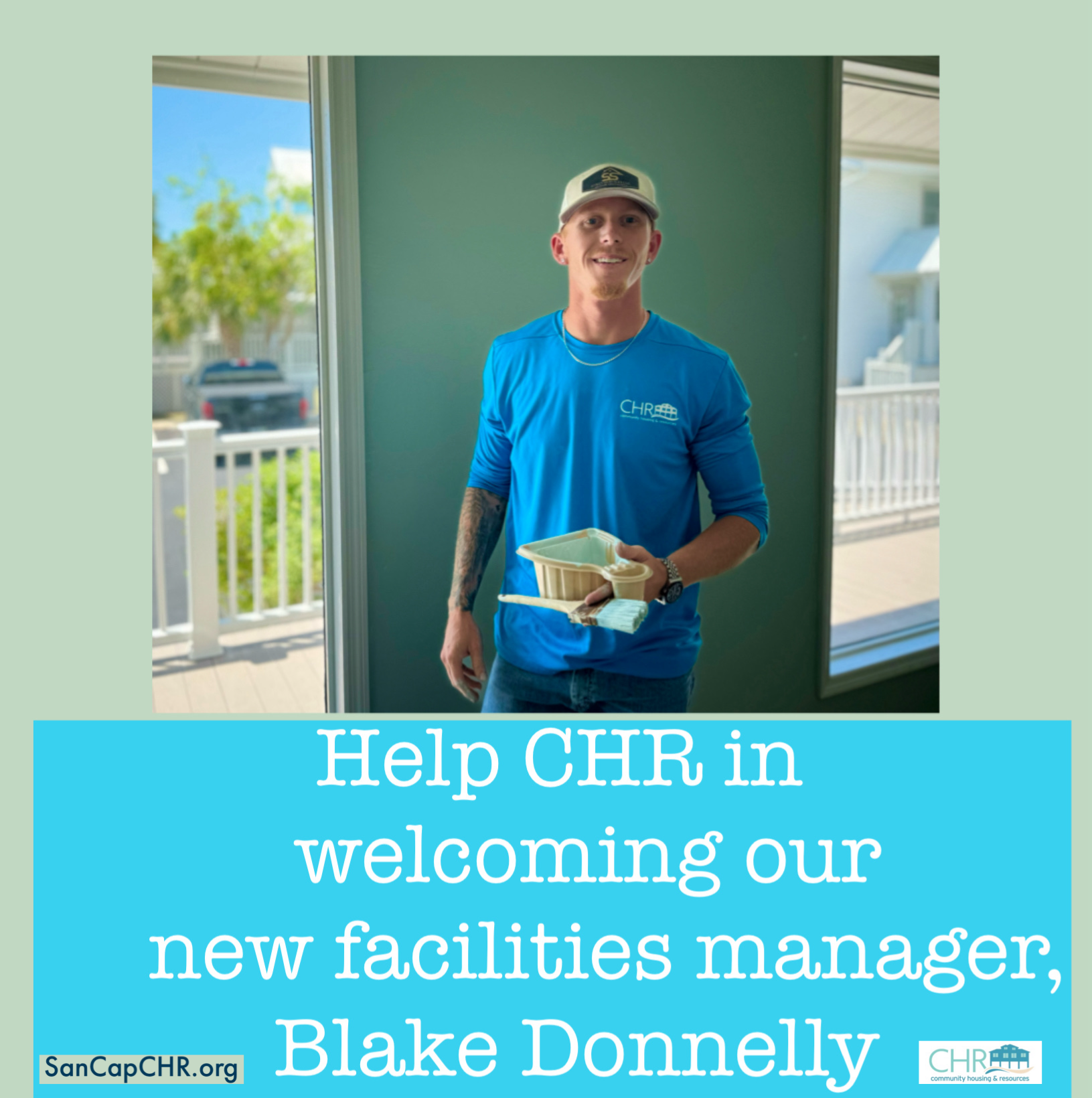 A leatherback (Dermochelys coriacea) nest was found on Sanibel on April 24, marking the first sea turtle nest on Sanibel or Captiva Islands this season.
A leatherback (Dermochelys coriacea) nest was found on Sanibel on April 24, marking the first sea turtle nest on Sanibel or Captiva Islands this season.

Leatherbacks are the largest turtle species in the world and are listed as endangered under the Endangered Species Act.
“Leatherback nesting on the Florida’s gulf coast is rare; these turtles more commonly nest on the east coast of the state,” said SCCF Sea Turtle Biologist Jack Brzoza.
SCCF has only recorded leatherback nesting in 2009, 2015, and 2020. The 2009 and 2015 seasons each only had one nest, but in 2020, a single individual, identified during night surveys, laid 6 nests across Sanibel and Captiva!
At an average of six feet long and between 500-1,500 pounds, leatherbacks are significantly larger than loggerheads (Caretta caretta) — the islands’ most abundant nesting sea turtle species.

Hundreds more sea turtle nests will be laid across Sanibel and Captiva over the next six months, and our staff and volunteers will be out daily to monitor and protect each one of them.
“The vast majority of these nests will be laid by loggerheads, but it’s possible there still could be a few more leatherbacks nests laid this season,” Brzoza said.
How you can help sea turtles
- After 9, it’s turtle time! Turn off/shield all lights visible on or from the beach (including flashlights), which disorient hatchlings.
- Remove obstacles to nesting females such as beach furniture, toys, and sandcastles.
- Fill in holes, which can trap sea turtles, especially hatchlings.
- Pick up all trash on the beach. Litter can attract predators, and sea turtles can ingest or become entangled by discarded trash and fishing line.
- Keep at least 10 feet from marked sea turtle nests and do not disturb nesting females.
- Learn more.
Call the SCCF Sea Turtle Hotline at 978-728-3663 (978-SAVE-ONE) to report issues with nests, nesting turtles, or hatchlings.
SCCF’s sea turtle program activities are authorized by Florida Fish and Wildlife Conservation Commission Marine Turtle Permits 047 and 170.





